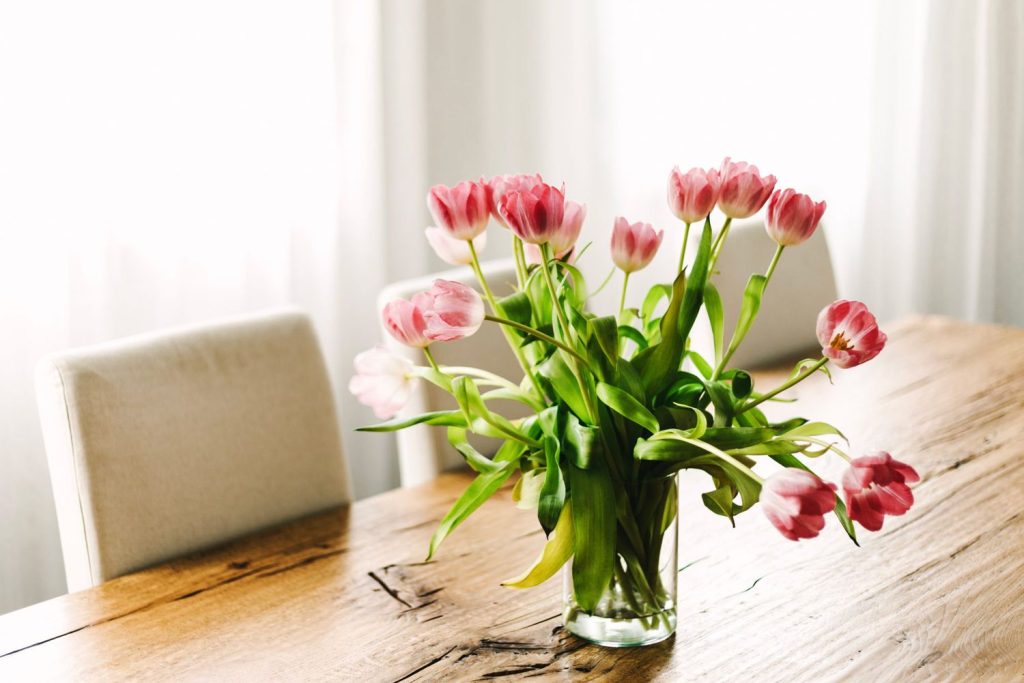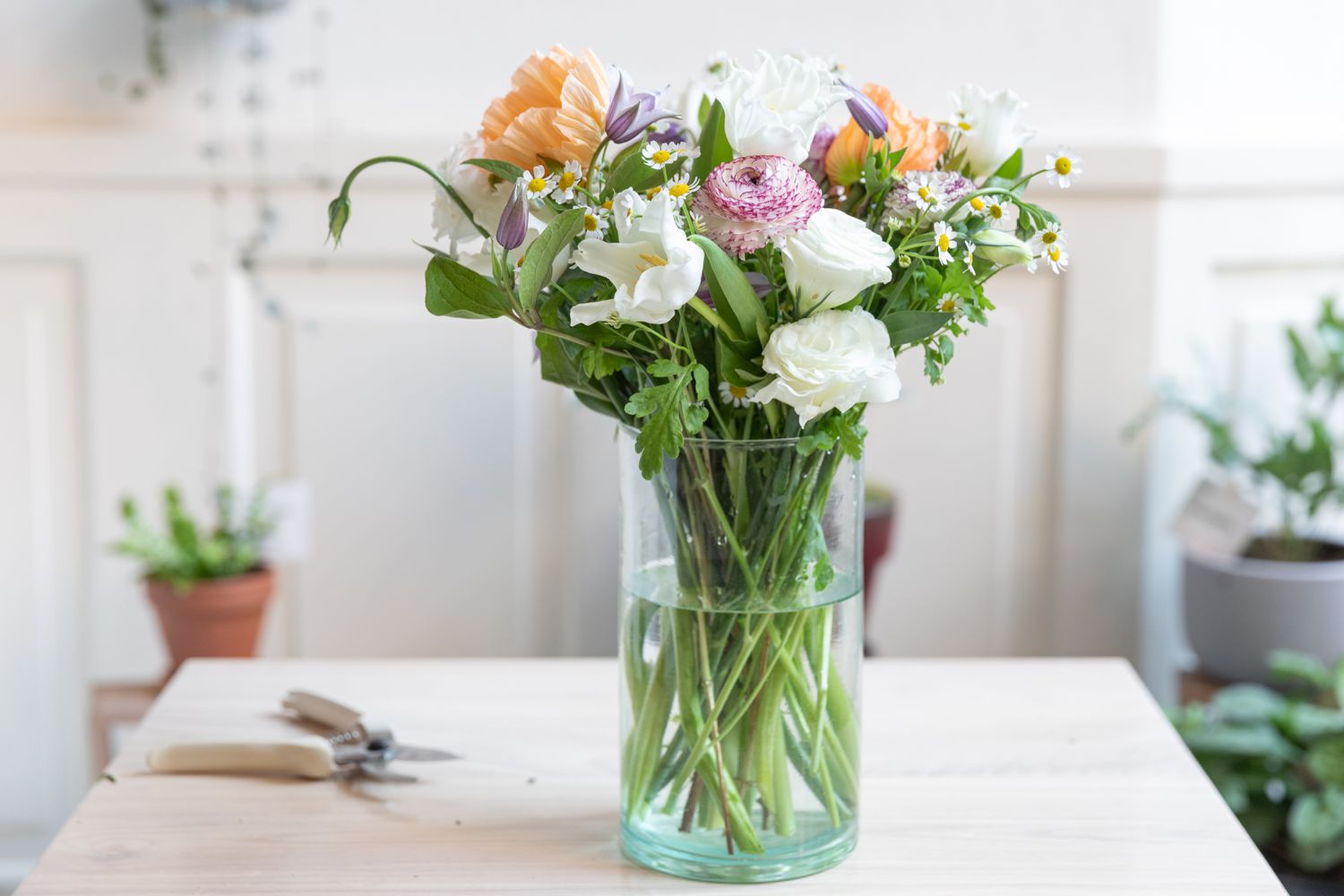
In the realm of home décor, flowers stand as timeless adornments, adding a touch of elegance and vibrancy to any space. Whether you’re a seasoned florist or a casual flower enthusiast, understanding the proper techniques for cutting flowers for a vase is essential for ensuring their long-lasting beauty and maximizing their visual impact. This comprehensive guide delves into the world of flower arranging, equipping you with the knowledge and techniques to transform your cut flowers into captivating centerpieces that will brighten your home for days to come.
Introduction to Cutting Flowers for a Vase: A Culinary Symphony
Cutting flowers for a vase is not unlike preparing a culinary masterpiece – it requires careful selection, precise technique, and a touch of creativity. By following these simple steps, you can transform your humble bouquet into a delightful arrangement that will enhance your home’s ambiance.
“Cutting flowers for a vase is an art form that can bring joy to both the arranger and the beholder,” asserts renowned floral designer and home decorator Sarah Peterson. “By following these guidelines, you can create arrangements that are both aesthetically pleasing and long-lasting.”
Exploring the Landscape of Flower Types
The world of flowers encompasses a vast array of varieties, each with unique characteristics and vase life expectations. Familiarize yourself with the different types of flowers and their suitability for vase arrangements:
-
- Roses: These classic blooms are synonymous with love and beauty, offering a wide range of colors and fragrances. Roses generally have a long vase life, making them a popular choice for arrangements.
-
- Lilies: With their elegant trumpet-shaped blooms, lilies exude a sense of sophistication and purity. They come in various colors, including white, pink, and yellow, and have a moderate vase life.
-
- Hydrangeas: These large, showy flowers add a touch of drama to arrangements. They come in a variety of colors, from soft pastels to vibrant hues, and have a long vase life when properly cared for.
-
- Tulips: These cheerful blooms come in a wide range of colors and shapes, making them versatile additions to arrangements. Tulips generally have a moderate vase life and can be encouraged to open further by placing them in a warm spot.
-
- Sunflowers: These large, cheerful flowers bring a touch of sunshine to any arrangement. Sunflowers have a long vase life and are known for their ability to brighten the mood.
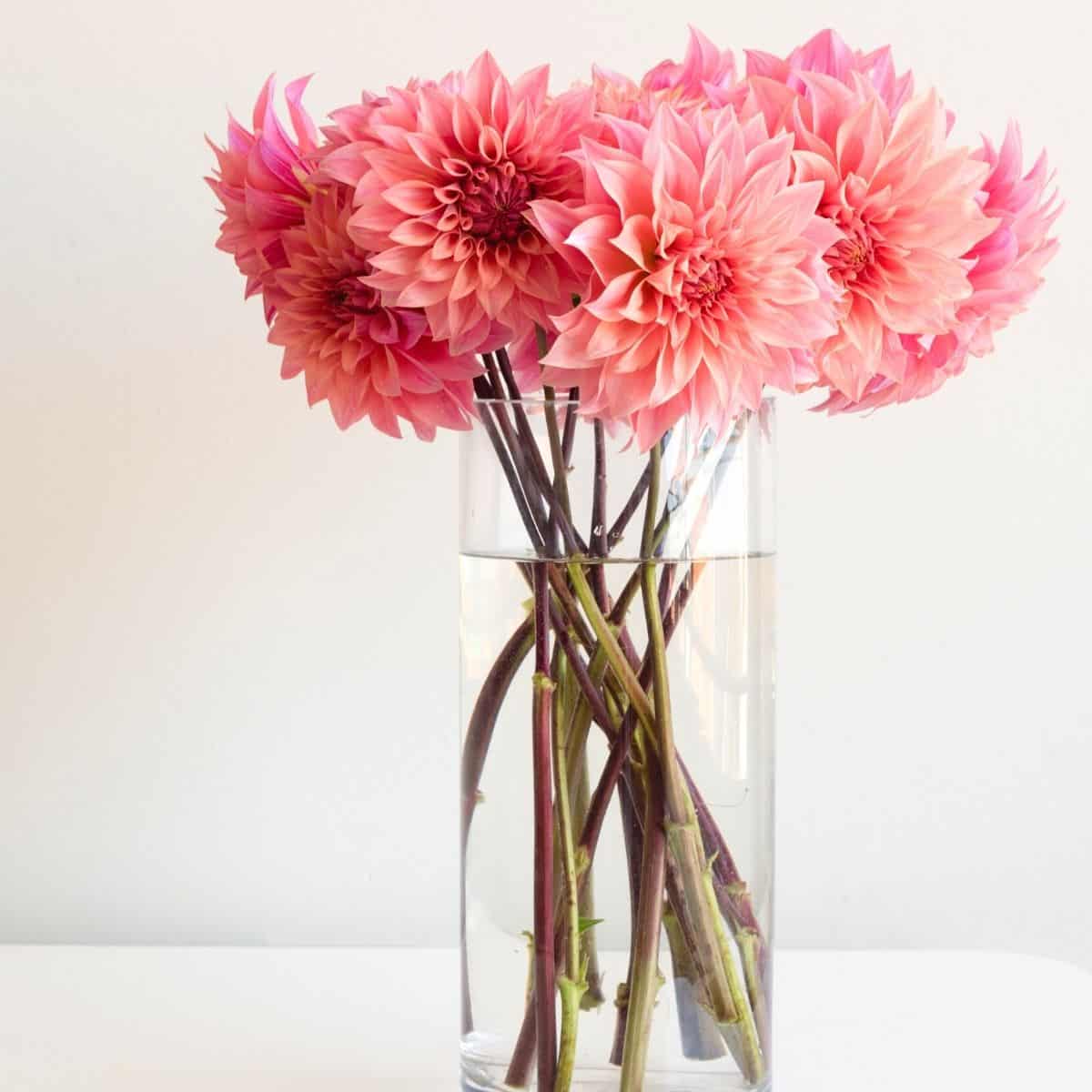
- Sunflowers: These large, cheerful flowers bring a touch of sunshine to any arrangement. Sunflowers have a long vase life and are known for their ability to brighten the mood.
Gathering Tools and Supplies: Your Floral Culinary Utensils
Before embarking on your flower arranging adventure, assemble the necessary tools and supplies, akin to gathering your culinary utensils:
-
- Sharp Scissors or Pruning Shears: These will be your trusted tools for precisely cutting flower stems.
-
- Vase: Choose a vase that is the appropriate size and style for your arrangement. Consider the height and width of the vase in relation to the flowers you’ve chosen.
-
- Flower Food: This nutrient-rich solution helps to extend the vase life of your flowers.
-
Cleaner: A mild dish soap or vinegar solution can be used to clean the vase before arranging your flowers.
-
Towel: A clean towel will be handy for drying the vase and your hands.
Selecting the Perfect Blooms: A Culinary Tasting
Just as a chef carefully selects ingredients for a dish, choosing the right flowers is crucial for a successful arrangement:
-
Stage of Bloom: Opt for flowers that are in the bud stage or have just started to open. This will ensure they have a longer vase life and continue to bloom in your arrangement.
-
Stem Condition: Check the stems of the flowers for signs of wilting or damage. Choose stems that are firm and green, avoiding any that are limp or brown.
-
Foliage: If the flowers have foliage, remove any leaves that will fall below the waterline in the vase to prevent bacterial growth.
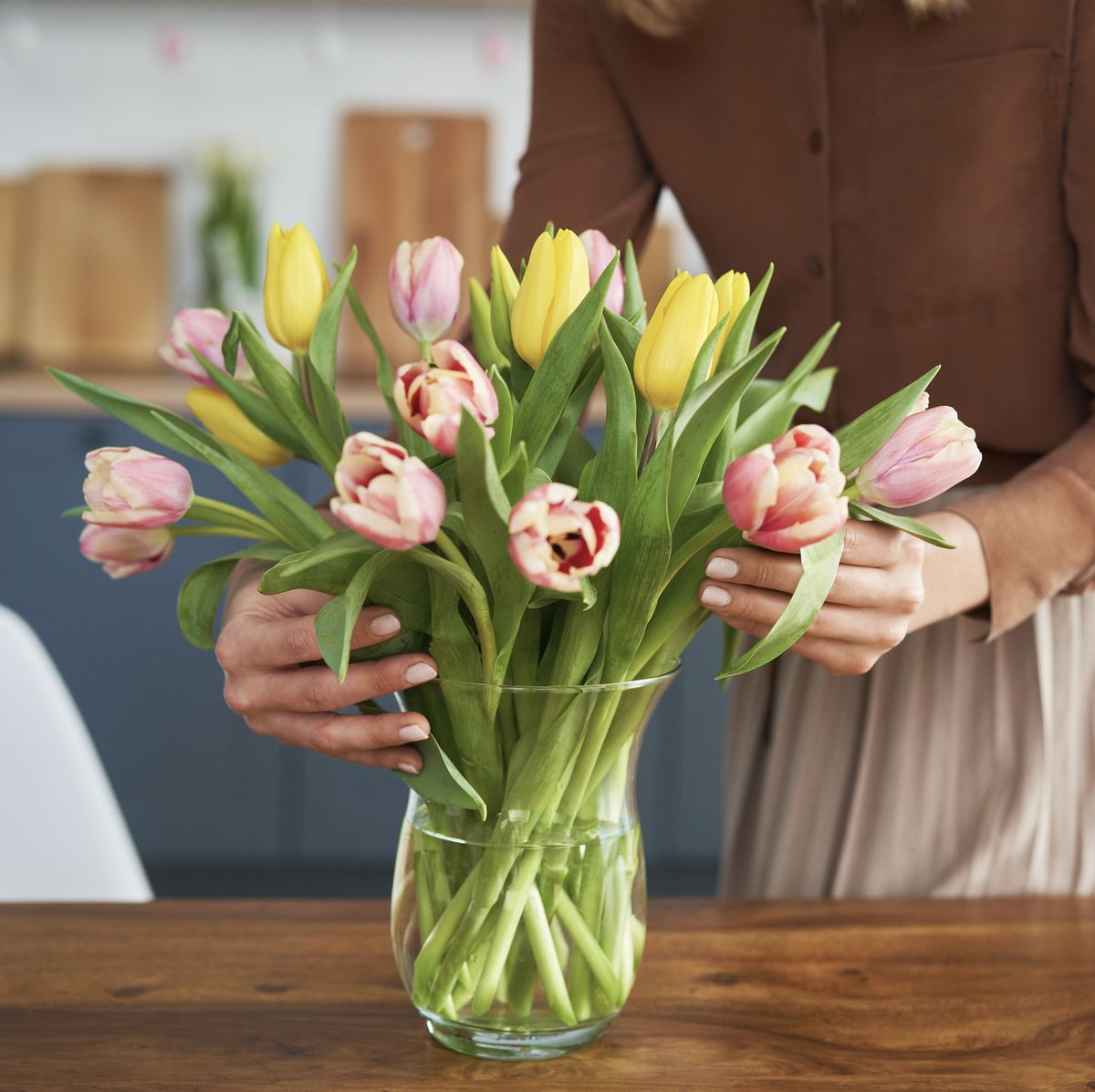
Preparing the Stage: A Culinary Mise en Place
Before arranging your flowers, prepare the vase and work area to ensure a smooth and enjoyable process:
-
Clean the Vase: Thoroughly clean the vase with a mild dish soap or vinegar solution to remove any dirt or residue. Rinse the vase well and dry it completely.
-
Prepare the Flower Food: Follow the instructions on the flower food packet to mix the appropriate amount of solution with water. Fill the vase about two-thirds full with the flower food solution.
-
Making the Cut: A Culinary Chop
Now that you’ve assembled your tools and chosen your floral stars, it’s time to make the cut! Here’s how to properly cut flowers for a vase:
-
Sharp is Key: Use sharp scissors or pruning shears to ensure a clean, precise cut. Blunt tools can crush the stem, hindering water absorption and shortening the flower’s lifespan.
-
An Angle Approach: Don’t simply cut the stems straight across. Make an angled cut at a 45-degree angle about 1-2 inches from the base of the flower. This angled cut provides the stem with a larger surface area for water intake.
-
Cut for the Vase: Consider the height of your vase when making the cuts. The flower stems should be about 1.5 to 2 times the height of the vase. This ensures the flowers are properly proportioned and displayed within the vase.
-
Multiple Stems: If arranging multiple flowers of the same type, consider staggering the cuts slightly on the stems. This helps prevent them from crowding each other in the vase and allows for better water flow.

Arranging the Stars of the Show: A Culinary Composition
With your flowers prepped, it’s time to create your masterpiece! Here are some basic principles to guide your flower arrangement:
-
Start with Structure: Begin by placing a few sturdy stems with larger blooms in the vase. These will form the backbone of your arrangement and provide a foundation for the other flowers.
-
Layer and Build: Once you have your base established, start adding other flowers. Layer different heights and textures to create visual interest. Shorter flowers can be placed towards the front of the arrangement, while taller blooms can be positioned at the back or used to add height.
-
Balance is Key: Aim for a balanced composition. Avoid having all the flowers clustered on one side. Distribute the flowers evenly throughout the vase, paying attention to both the front and back of the arrangement.
-
Foliage for Flair: Don’t forget the power of foliage! Foliage adds texture, color, and helps to fill in any gaps in the arrangement. Use sprigs of greenery or leaves from the flowers themselves to frame the blooms and create a cohesive look.
-
Final Touches: Once you’re happy with the overall arrangement, take a step back and make any necessary adjustments. You can fine-tune the placement of individual flowers or add additional stems to achieve the desired effect.
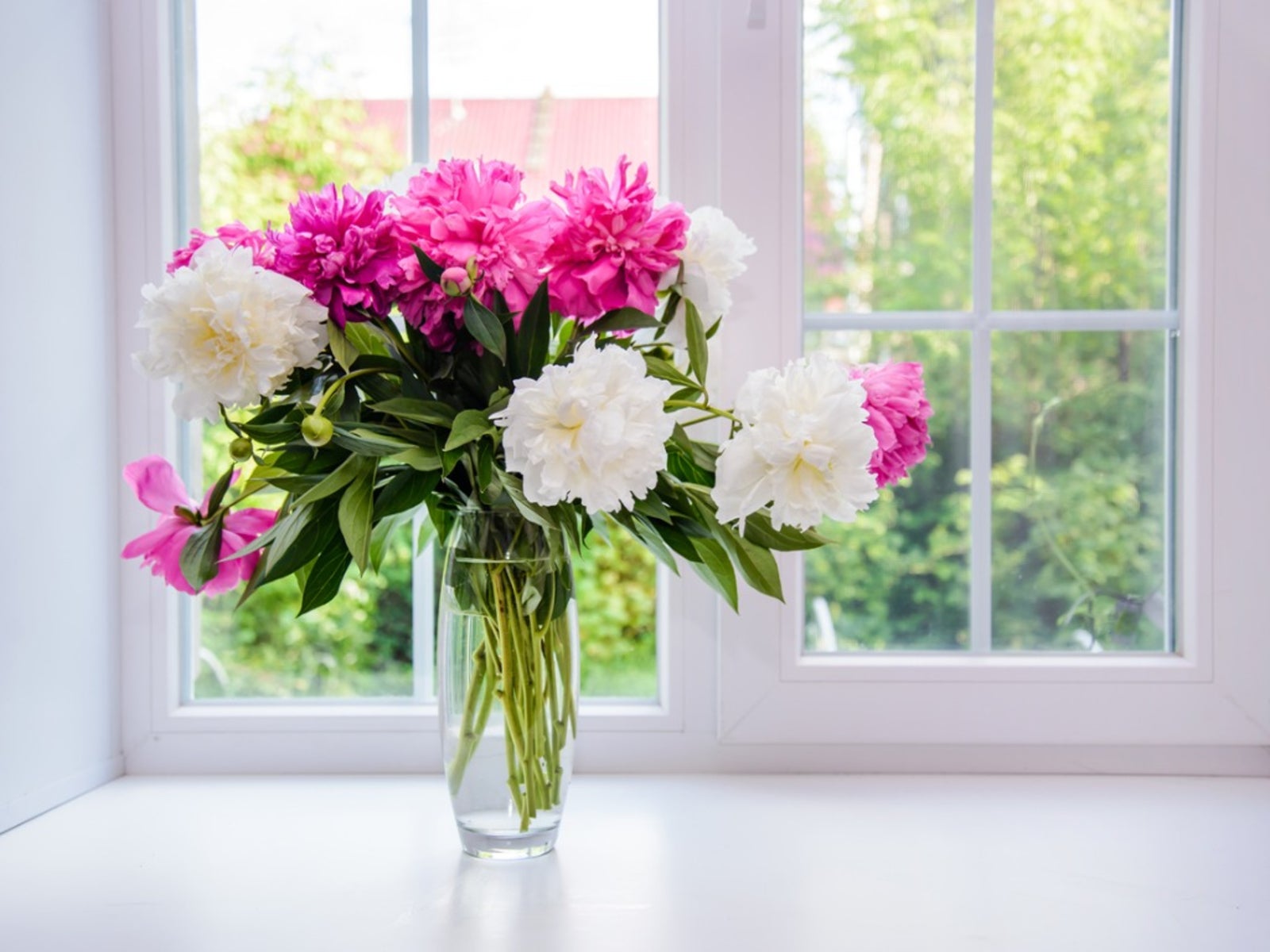
**Maintaining the Magic: A Culinary Preservation
Even with the perfect selection and arrangement, flowers won’t last forever. Here are some tips to extend the vase life of your floral creation:
-
Keep it Cool: Place your arrangement in a cool location away from direct sunlight or heat sources. Warmer temperatures can accelerate the wilting process.
-
Top Up the Water: Regularly check the water level in the vase and top it up as needed. Aim to keep the water level about halfway up the stems.
-
Freshen Up the Cut: Every few days, recut the stems at an angle and replace the water with fresh flower food solution. This helps prevent bacterial growth and encourages continued water uptake.
-
Ripening Trick (Optional): For some flowers, like tulips or lilies, a ripening trick can encourage further blooming. Briefly wrap the unopened blooms in newspaper and place them in a cool, dark location overnight. Unwrap them the next day and add them to your arrangement.
Conclusion: A Blossoming Masterpiece
By following these steps and incorporating a touch of creativity, you can transform your home into a floral haven. Remember, flower arranging is an art form, so don’t be afraid to experiment and find your own unique style. With practice, you’ll be able to create stunning arrangements that bring life and beauty to your space for days to come. So, grab your shears, pick your favorite blooms, and get ready to unleash your inner floral artist!
-
